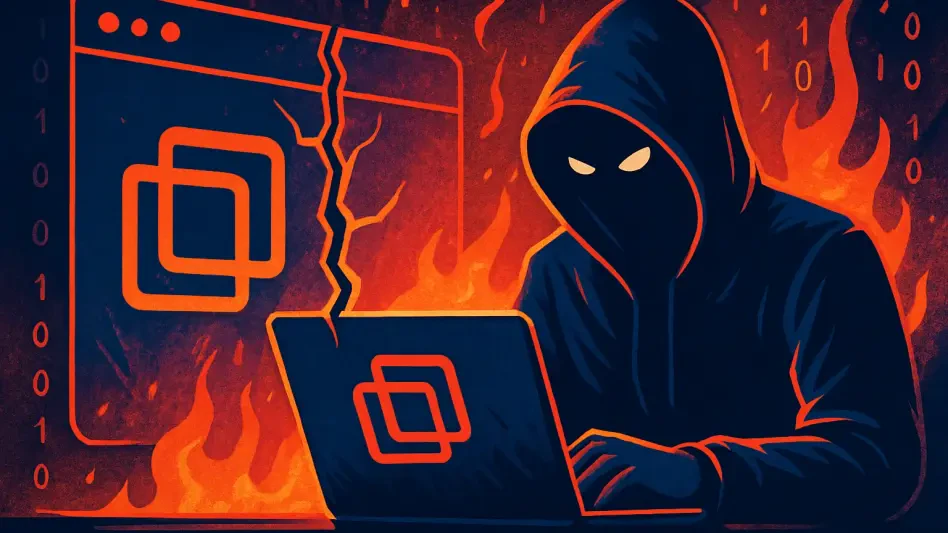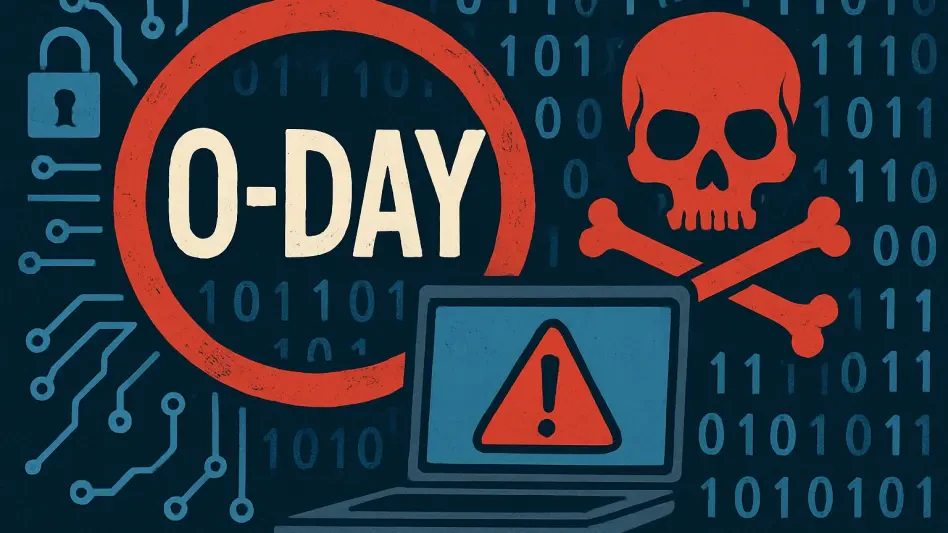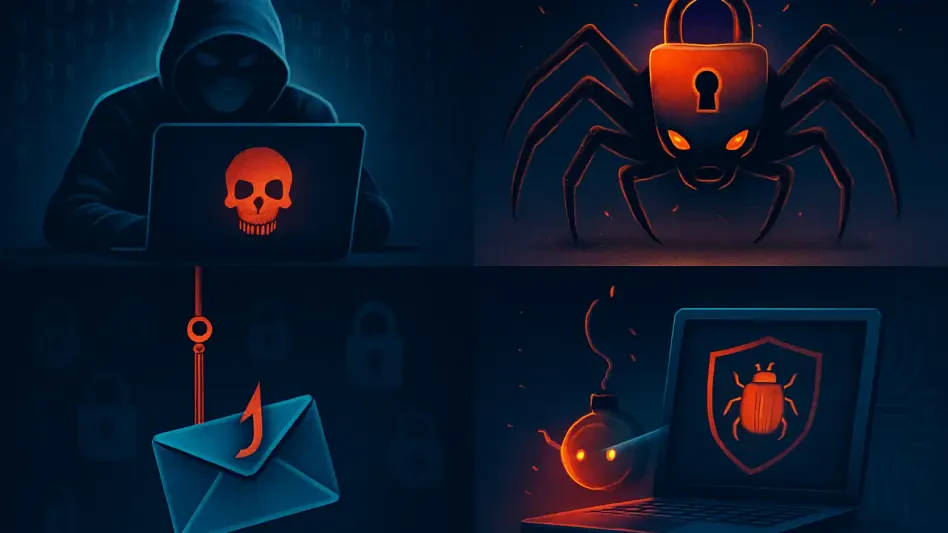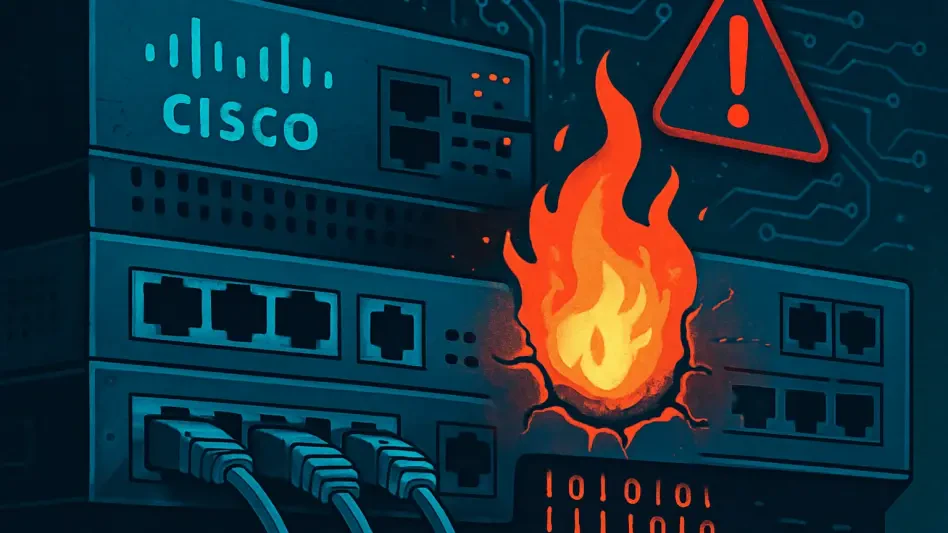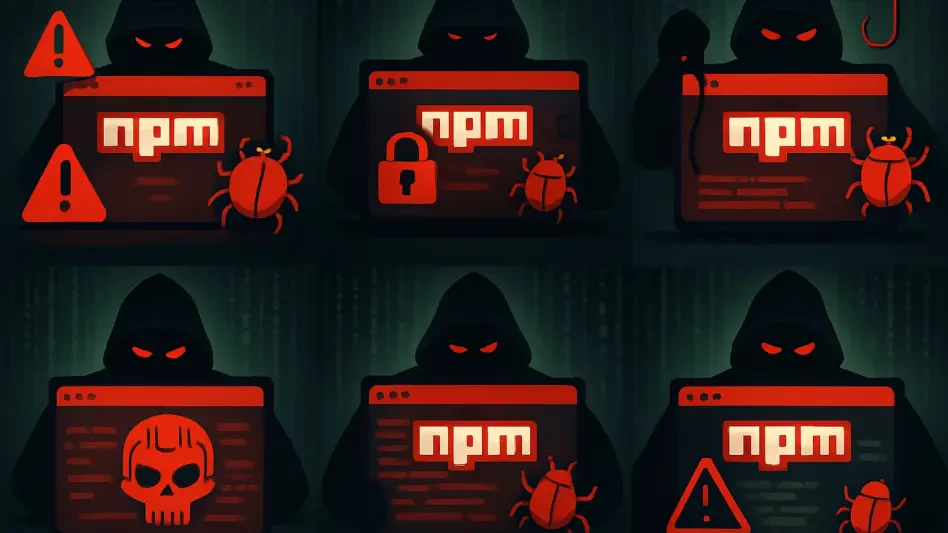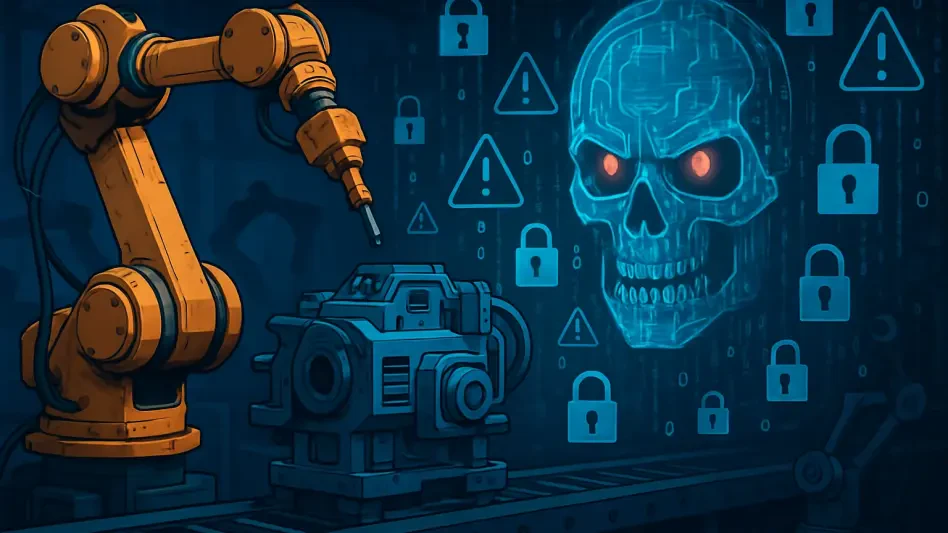The landscape of cybersecurity is becoming increasingly dynamic, raising a critical question of whether our defenses can keep up with the rapidly evolving cyber threats. With swift advances in technology, cybercriminals are continually discovering new methods to exploit vulnerabilities, creating a challenging environment for defenders. As businesses and organizations become more integrated with digital technologies, the stakes continue to rise, elevating the urgency of developing and maintaining robust cybersecurity measures. The need for constant vigilance and adaptive strategies is apparent, as traditional security measures struggle to cope with sophisticated attacks that seem to outpace existing defenses.
The Rise of Sophisticated Cyber Attacks
Modern cyber threats are marked by their increasing sophistication and targeted nature, posing significant challenges to conventional cybersecurity measures. Cybercriminals are leveraging advanced tactics such as zero-day vulnerabilities and sophisticated social engineering to breach even well-protected systems. These meticulously planned and executed attacks often fly under the radar, bypassing traditional security measures like firewalls and antivirus software. Cyber attackers deploy complex methods, including polymorphic malware and ransomware, which adapt and mutate to evade detection. The escalation in the complexity and precision of these attacks necessitates a corresponding advancement in defensive strategies.
The sophistication of modern cyber threats is exemplified in recent high-profile breaches impacting multinational corporations. These incidents highlight how vulnerabilities within seemingly robust networks can lead to catastrophic consequences. Attackers increasingly target specific industries, exploiting sector-specific weaknesses to maximize impact. For instance, healthcare and financial sectors face unique threats due to the sensitive nature of the data they handle. This trend underscores the importance of tailored cybersecurity frameworks that address the specific needs and vulnerabilities of different industries. As businesses become more interconnected globally, the ripple effect of a single vulnerability can disrupt entire supply chains, emphasizing the need for comprehensive and adaptive cybersecurity measures.
Impact on Global Organizations
The ramifications of sophisticated cyber attacks on global organizations are profound, affecting financial, operational, and reputational aspects. High-profile breaches serve as stark reminders that even the most well-fortified networks are not immune to cyber threats. The interconnected nature of modern business environments means that a security lapse in one organization can have a cascading effect, disrupting partners, suppliers, and customers. For instance, supply chain attacks have become a preferred method for cybercriminals, who exploit the trust relationships between companies to infiltrate systems. Such incidents underscore the necessity for organizations to adopt a holistic approach to cybersecurity, considering both internal and external factors.
Beyond the immediate financial losses, the impact of a cyber attack extends to long-term consequences such as erosion of trust and damage to brand reputation. Customers and stakeholders expect their data to be protected, and a breach can severely undermine confidence in an organization’s ability to safeguard sensitive information. Moreover, regulatory bodies increasingly impose strict penalties for failing to protect data adequately, adding to the financial burden. Organizations must prioritize cybersecurity to mitigate these risks, investing in technologies and practices that enhance their defenses and resilience against potential attacks.
Role of AI and Automation
Artificial intelligence (AI) and automation are playing an increasingly pivotal role in both enhancing cyber defenses and augmenting cyber threats. On one hand, AI-based security solutions offer real-time monitoring, swift anomaly detection, and rapid response capabilities, thereby strengthening a company’s defensive posture. These advanced systems can analyze vast amounts of data to identify patterns and predict potential threats, allowing for proactive measures to be taken before an attack occurs. Machine learning algorithms continuously improve by learning from past incidents, making AI-driven security solutions more effective over time.
Conversely, cybercriminals are also harnessing the power of AI and automation to enhance their attack methodologies. Automated attacks can be carried out at a much larger scale and speed than humans could achieve, making them more challenging to counteract. AI-enabled tools can be used to craft sophisticated phishing emails, conduct reconnaissance, and exploit vulnerabilities with precision. This creates a constantly shifting battleground where defenders must keep pace with the sophisticated tools employed by attackers. The dual use of AI in cyber offense and defense exemplifies the need for continuous innovation and strategic application of technology to maintain an edge in cybersecurity.
Challenges for CISOs
Chief Information Security Officers (CISOs) face an array of challenges as they work to protect their organizations from advancing cyber threats. The rapid pace of threat evolution demands that CISOs stay proactive, constantly monitoring the cyber landscape for new vulnerabilities and attack vectors. Maintaining a state of readiness involves significant investments in cybersecurity infrastructure, ensuring that the latest technologies are deployed and that systems are regularly updated and patched. The dynamic nature of cyber threats requires a balance between immediate response strategies and long-term planning for emerging risks.
The role of a CISO extends beyond technical expertise, as they must also navigate organizational and regulatory complexities. Effective communication with executive leadership and board members is crucial to securing the necessary resources and support for cybersecurity initiatives. CISOs must also foster a culture of security awareness within the organization, engaging employees at all levels to understand their role in protecting sensitive information. The human element remains a critical component of cybersecurity, and continuous education and training are essential to reduce the risk of social engineering attacks and other human-centered vulnerabilities.
Implications of Data Breaches
The implications of data breaches extend far beyond immediate financial losses, affecting organizations in multiple dimensions. When sensitive data is compromised, it can lead to severe consequences such as erosion of customer trust, damage to brand reputation, and significant legal and regulatory repercussions. The loss of consumer confidence can be particularly detrimental, as customers become increasingly aware of data privacy issues and expect robust safeguards for their personal information. In the event of a breach, organizations often face not only the direct costs of remediation and recovery but also potential fines and penalties from regulatory authorities.
Moreover, data breaches can have a lasting impact on an organization’s operational capabilities. Sensitive information, such as intellectual property or proprietary data, falling into the wrong hands can disrupt business strategies and give competitors an unfair advantage. This underlines the necessity for advanced data protection measures, including encryption, secure access controls, and robust incident response plans. Vigilant monitoring and continuous improvement of security protocols are paramount to prevent data breaches and mitigate their extensive ramifications.
The Role of Government and Regulation
Governments and regulatory bodies play a crucial role in establishing and enforcing cybersecurity standards to protect against evolving threats. Legislative measures such as the General Data Protection Regulation (GDPR) and the Cyber Resilience Act mandate that organizations adopt stringent cybersecurity practices to safeguard personal data and maintain resilience against cyber threats. These regulations not only specify the technical requirements for data protection but also emphasize the accountability of organizations in managing and securing information. Compliance with such regulations is essential to avoid hefty fines and legal consequences, as well as to build customer trust.
The role of regulatory bodies extends to fostering collaboration among organizations, encouraging the sharing of threat intelligence and best practices. Public-private partnerships and information-sharing initiatives are vital in creating a collective defense against cyber threats, as no single entity can tackle the complexities of cybersecurity alone. Governments also invest in national cybersecurity infrastructures, developing frameworks and resources to enhance public and private sector defenses. These collaborative efforts aim to create a cohesive cybersecurity environment that can effectively combat the diverse and sophisticated nature of modern cyber threats.
Importance of Continuous Education
Continuous education and awareness training for employees are paramount in maintaining a robust cybersecurity posture. Cybersecurity is not solely the responsibility of IT departments; every individual within an organization plays a critical role in defending against cyber threats. Regular training sessions and awareness programs can educate employees about the latest threats and provide guidance on best practices for identifying and mitigating potential risks. Employees must be able to recognize phishing attempts, understand the importance of strong passwords, and follow protocols for reporting suspicious activities.
An effective cybersecurity culture requires ongoing commitment from all levels of the organization. Leadership should lead by example, demonstrating the importance of cybersecurity through policies, procedures, and active participation in training initiatives. Continuous education helps in creating a security-conscious workforce that can act as the first line of defense against cyber attacks. By fostering a culture of vigilance and informed decision-making, organizations can significantly reduce the likelihood of successful cyber attacks and enhance their overall security resilience.
Future Outlook
The cybersecurity landscape is becoming increasingly dynamic, raising a vital question: Can our defenses keep pace with rapidly evolving cyber threats? With swift and continuous advances in technology, cybercriminals are constantly uncovering new methods to exploit weaknesses, creating a challenging environment for cybersecurity defenders. As businesses and organizations become more entwined with digital technologies, the stakes continue to rise, amplifying the urgency of developing and maintaining robust cybersecurity measures. The need for constant vigilance and adaptable strategies is evident, as traditional security measures struggle to keep up with the sophisticated attacks that appear to outpace existing defenses. High-profile breaches underscore the need for enhanced security protocols, and organizations must focus on proactive tactics such as threat intelligence, real-time monitoring, and rigorous testing of security measures. Effective cybersecurity also requires collaboration among stakeholders, governments, and tech developers to create a resilient defense infrastructure capable of responding to ever-changing threats.


